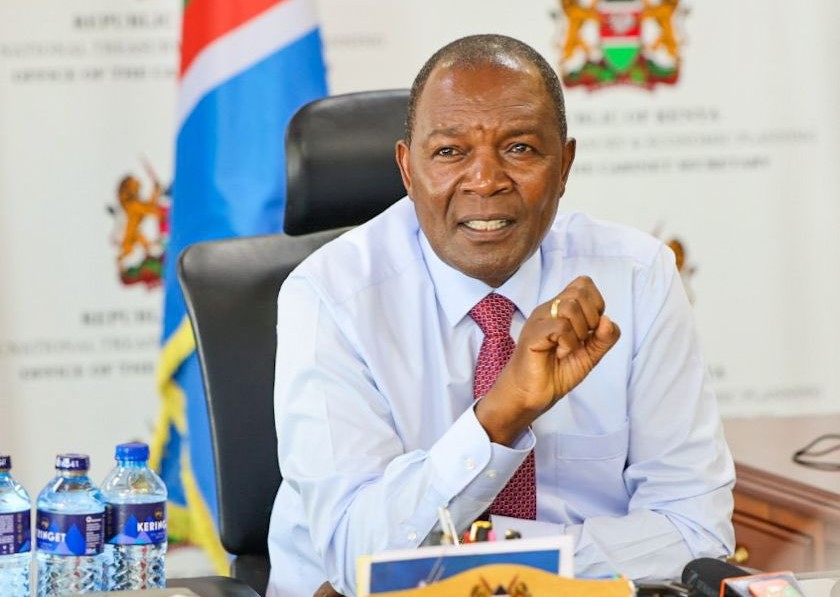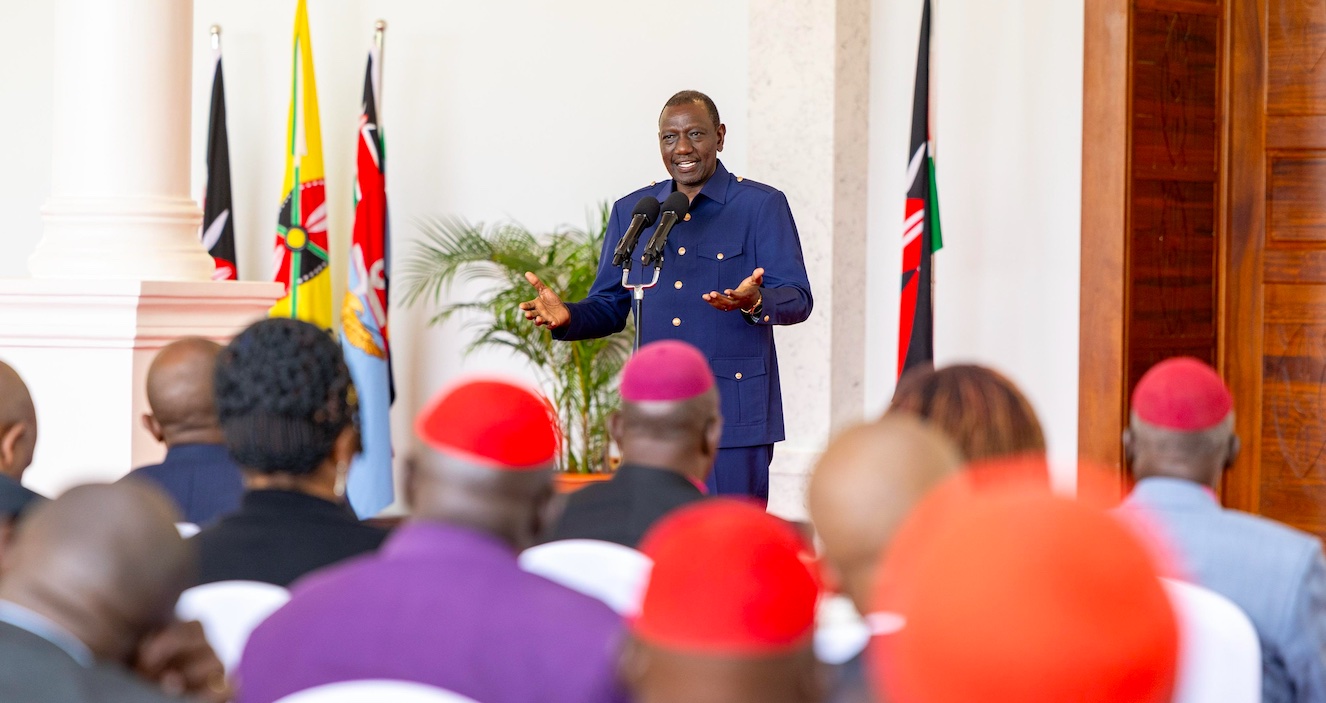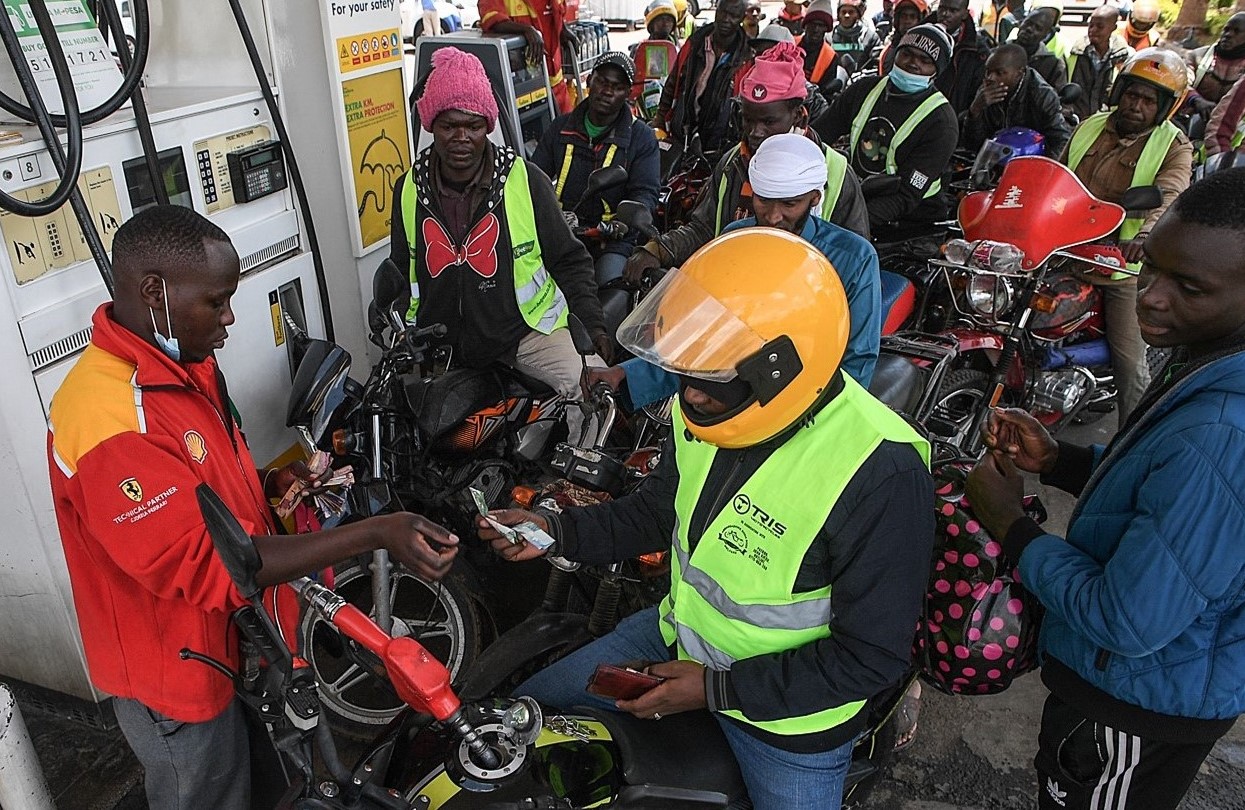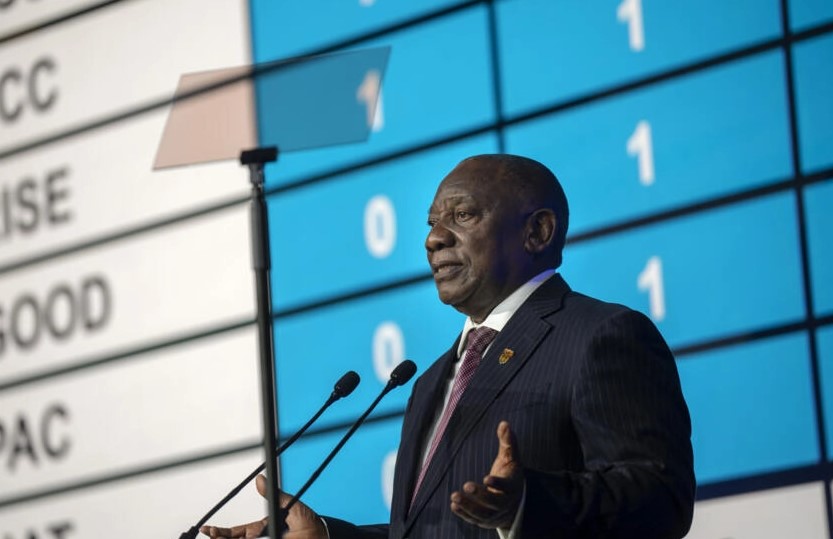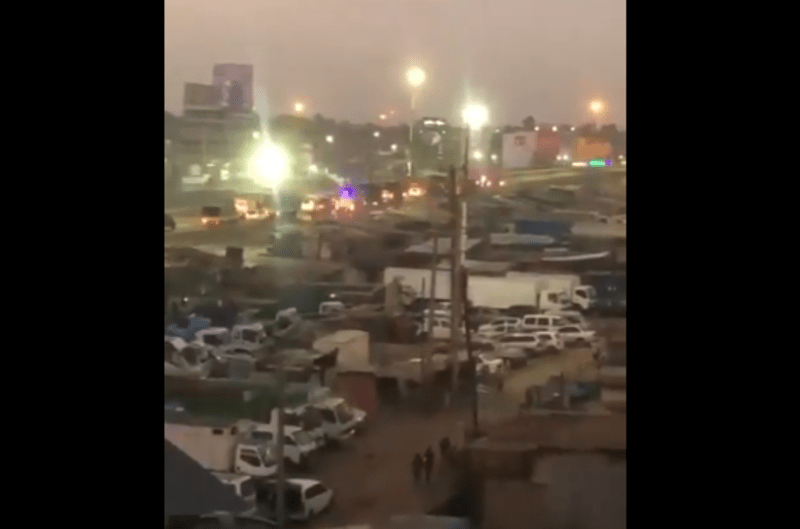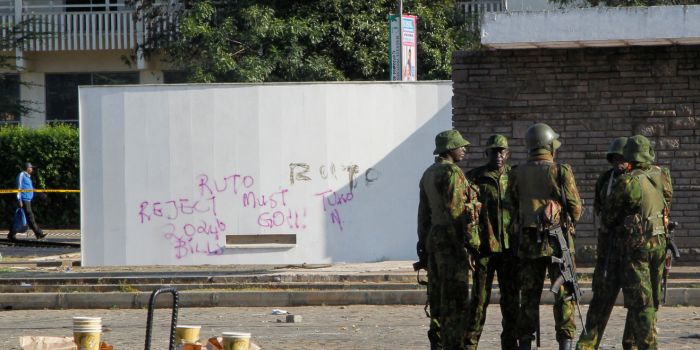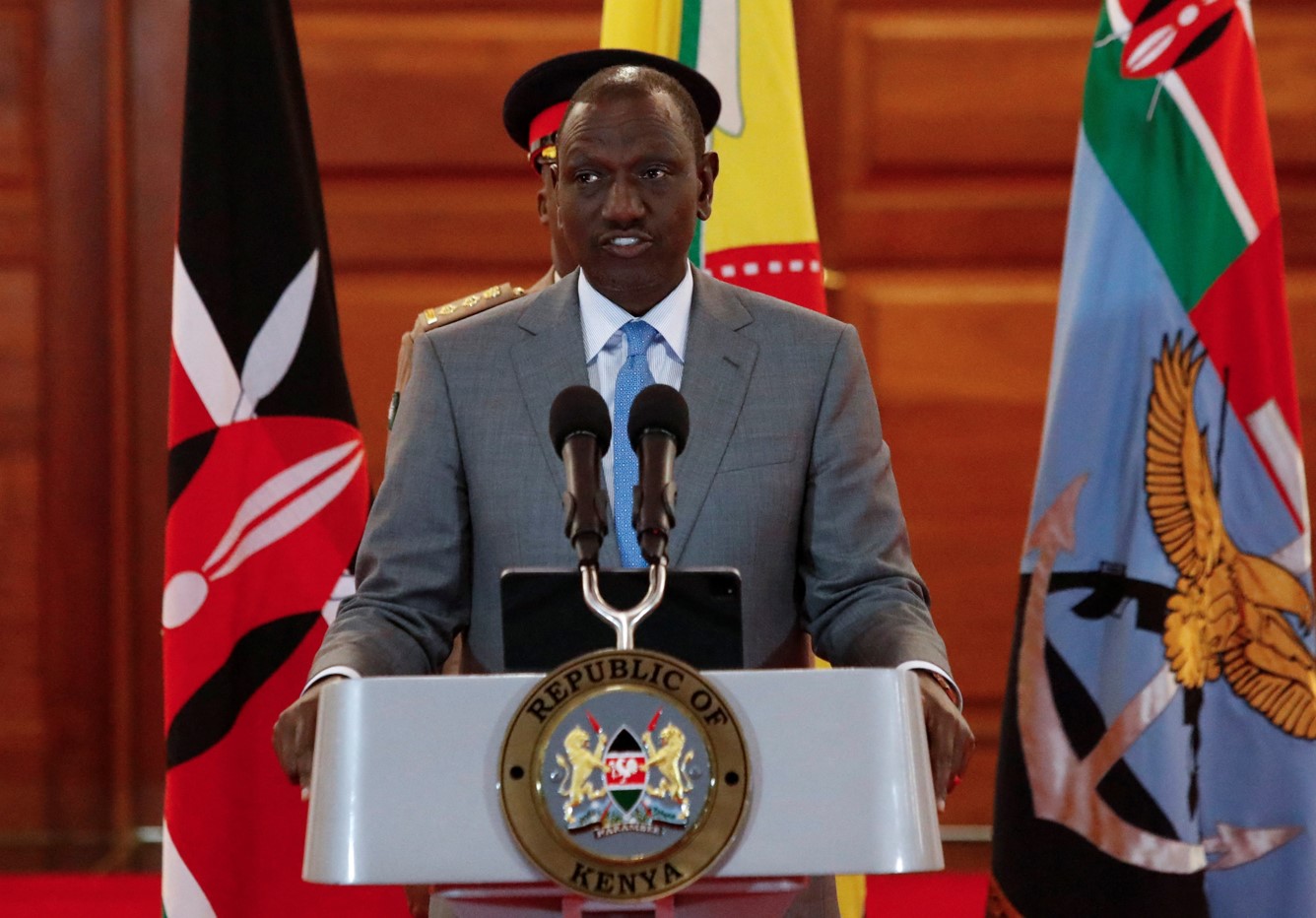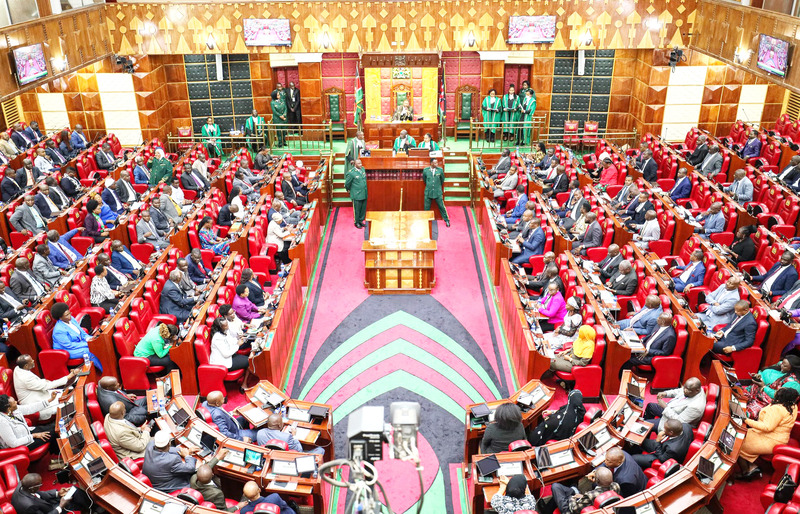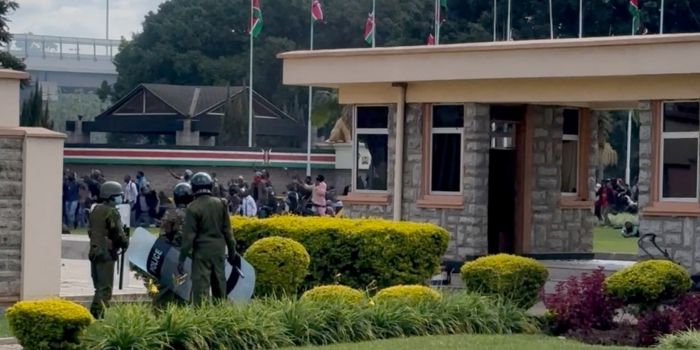World Bank downgrades Kenya’s GDP growth to 5 per cent in latest review

By Alfred Onyango |
The World Bank attributes the downgrade to the continued struggle with weak government balance sheets, partly from low revenue collection and high debt-service costs.
Kenya's gross domestic product (GDP) will grow at a pace of 5.0 per cent this year, compared to 5.6 per cent last year, the World Bank has said.
In its June 2024 review, the lender says the pace will, however, rebound in 2025 to 5.3 per cent.
Keep reading
The five per cent projection is also a 0.2 percentage point downgrade from January's prediction of 5.2 per cent.
The World Bank attributes the downgrade to the continued struggle with weak government balance sheets, partly from low revenue collection and high debt-service costs.
"Effects of currency depreciation, which characterised the better part of last year, are a further reason for the downgrade," it says.
This is despite the general fall in inflation through 2023. However, the lender says it edged up again in early 2024, partly driven by food price inflation.
Compared to its immediate neighbours and trade partners in the EAC—Uganda, Tanzania, and Rwanda—Kenya's prospect is the lowest.
The GDP growth for the aforementioned states has been projected to grow by 6.0, 5.4 and 7.6 per cent, respectively
Notably, the entire Sub-Saharan African region has been projected to pick up from three per cent in 2023 to 3.5 per cent this year, and about four per cent annually in 2025–2026 as fading inflationary pressures allow for interest rate cuts, which will support private consumption and investment.
"Growth in the region's three largest economies is expected to accelerate from 1.8 per cent in 2023 to 2.4 per cent in 2024 and an average of 2.6 per cent in 2025–2026," the lender says.
"However, this is markedly below the region's average growth and historical trends. Nonresource-rich economies are forecast to maintain growth above their historical average rate, while resource-rich economies recover from their slow growth in 2023 as metal prices stabilise."
Additionally, the lender notes that food insecurity has remained high, with an estimated 135 million people in the region suffering from acute food insecurity in the form of a food crisis or worse conditions in 2024.
Prolonged droughts in parts of east Africa and floods in parts of southern Africa, as well as intense and protracted violent conflict in countries of the Sahel zone and in the Horn of Africa, have contributed to high levels of food insecurity, it says.



